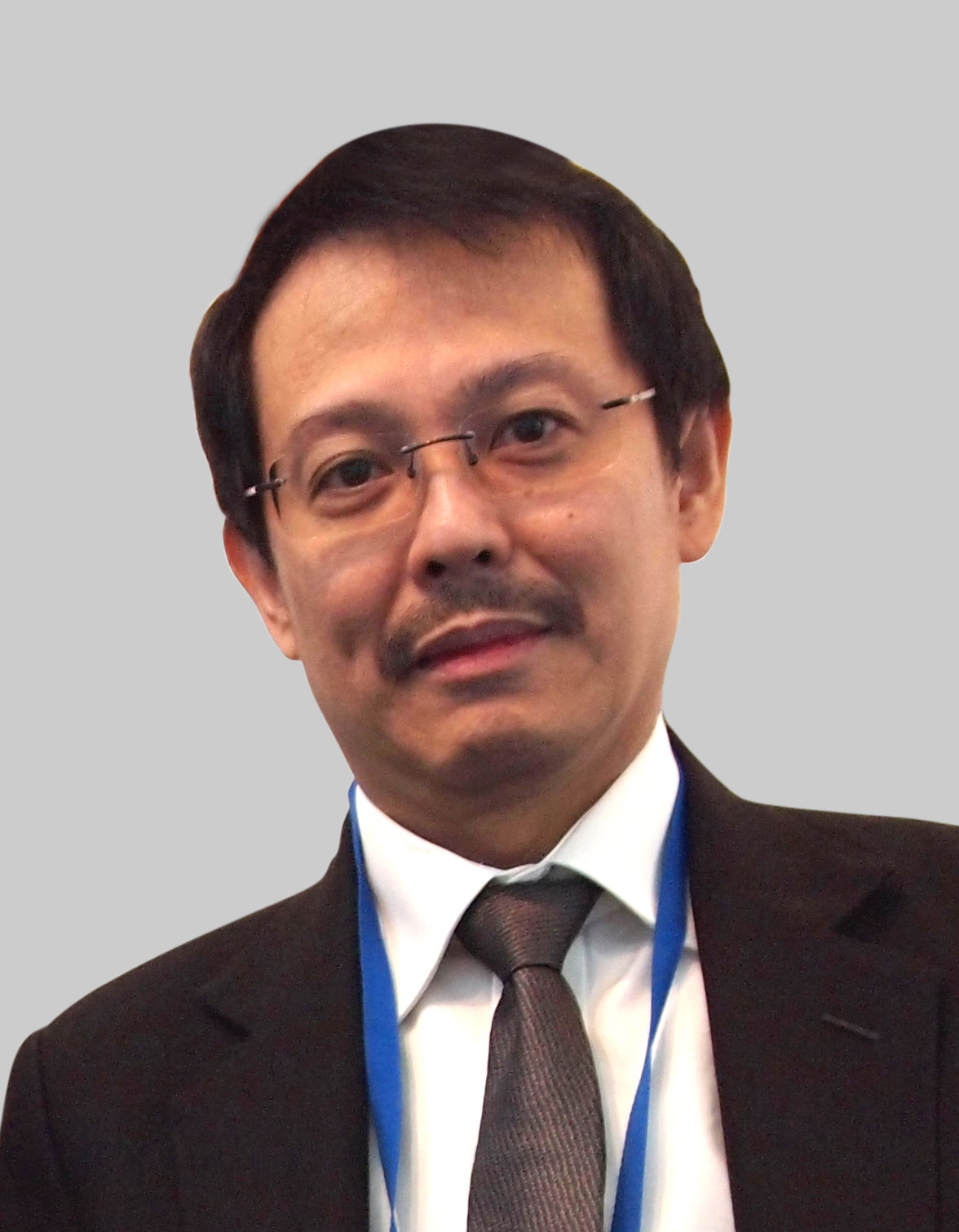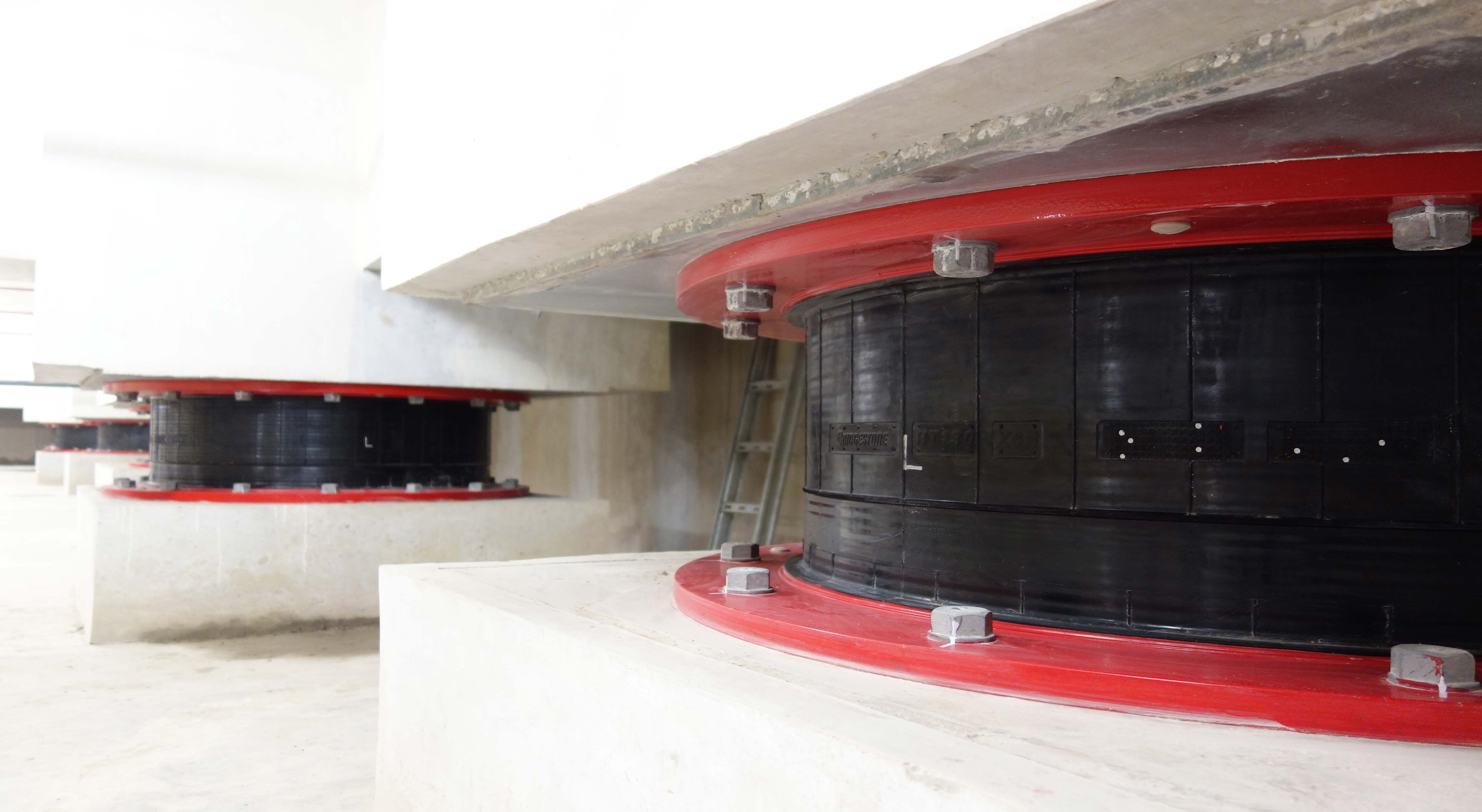 His 30-year experience as a structural consultant dealing with high-rise buildings and deep basements has built Davy Sukamta’s reputation as a building structure expert.
His 30-year experience as a structural consultant dealing with high-rise buildings and deep basements has built Davy Sukamta’s reputation as a building structure expert.
Born in Jakarta, Davy, 61, completed his studies in civil engineering at Bandung’s Parahyangan Catholic University in 1981. His field of specialism is in seismic design of buildings.
As director of Davy Sukamta & Partners, he and his team have completed more than 343 projects, including Amartapura Condominium, The Peak Apartment, Keraton at the Plaza (Plaza Indonesia II), The Pakubuwono Signature, The Tower, and the 303-metre-high Indonesia One.
Davy has also served as president of the Indonesian Society of Civil and Structure Engineers (Himpunan Ahli Konstruksi Indonesia, HAKI) from 1999 to 2017 and was a member of the board of advisors on Building Structure for the City of Jakarta.
What are the main problems regarding building structure safety in Indonesia today?
I see the competence of technical engineers is very varied—not uniform and, in many cases, inadequate. Professional attitudes must still be developed in this industry. First of all, the certification system must be addressed, not just for experts but also skilled personnel. This must be done either by the government or the private sector.
How important are safety and security in the design and implementation of a project?
In design, of course there must be a check by competent experts. In implementation, supervision also requires technical expertise, not just administrative functions.
What role does technology play in building safe structures?
Technology touches all aspects of building construction, starting from the design software and hardware to advanced technologies, such as the use of a base isolation system that can improve structural performance against earthquake shocks or self-compacting concrete that can prevent porosity.
Indonesia is vulnerable to natural disasters. What strategies, technologies or designs are needed to respond to such conditions, especially for high-rise buildings?
Disaster mitigation must start from the design stage, where technical engineers must be able to master and apply the applicable national regulations. Mastery of software is also absolute—not just as an operator but to really understand the software. At the time of construction, the contractor must be able to ‘oversee’ all existing technical requirements. Construction management must be well versed in and understand building techniques, so that they can carry out their functions as second-tier inspectors.

 Malaysia
Malaysia Hong Kong
Hong Kong Singapore
Singapore Tiếng Việt
Tiếng Việt ประเทศไทย
ประเทศไทย










